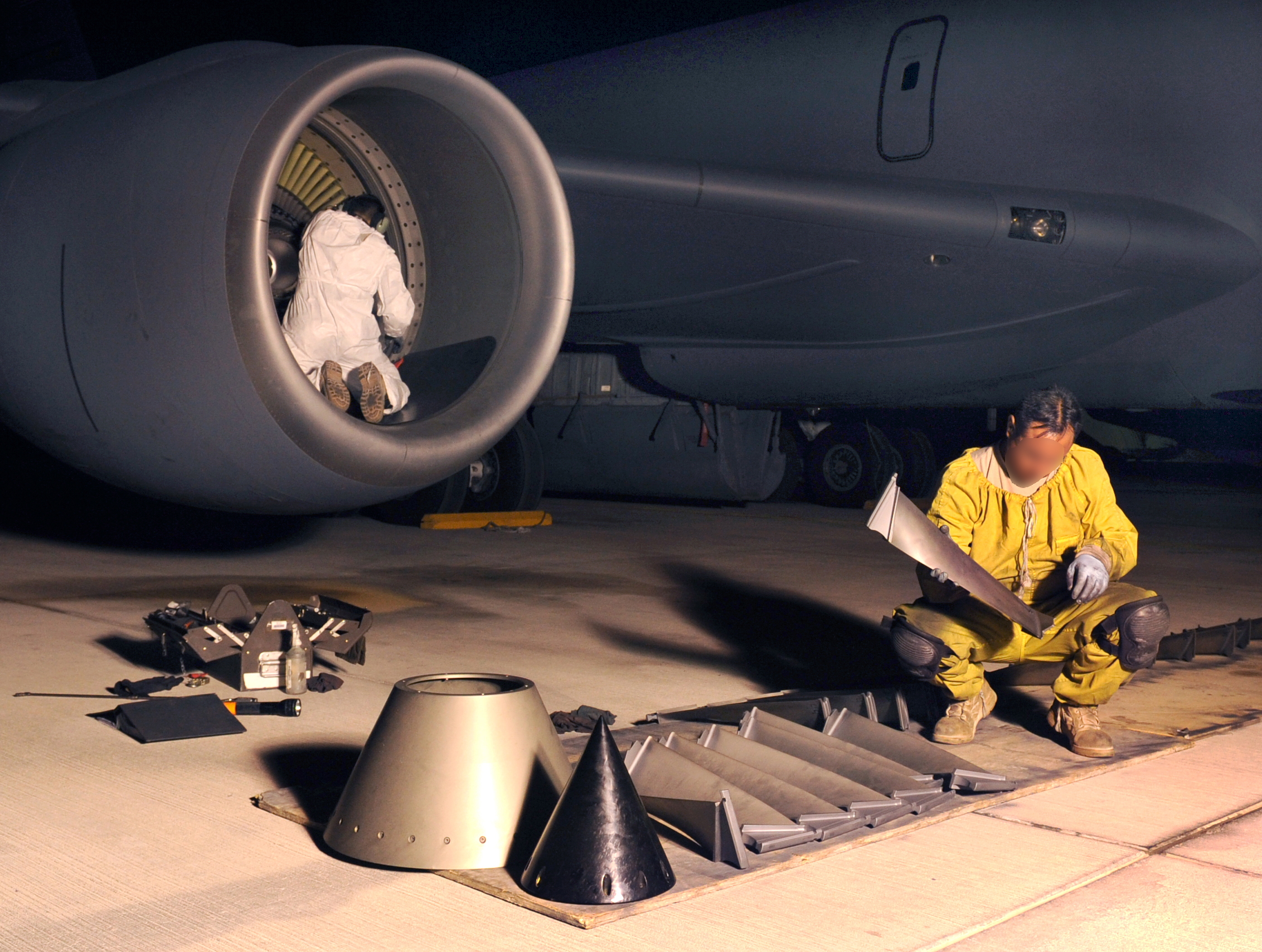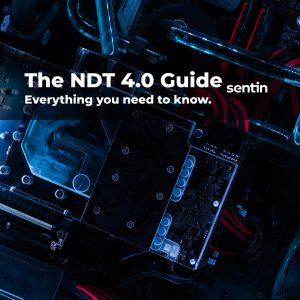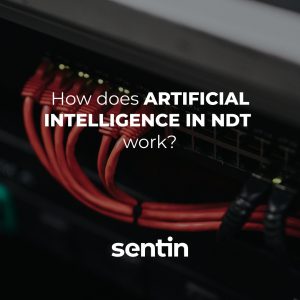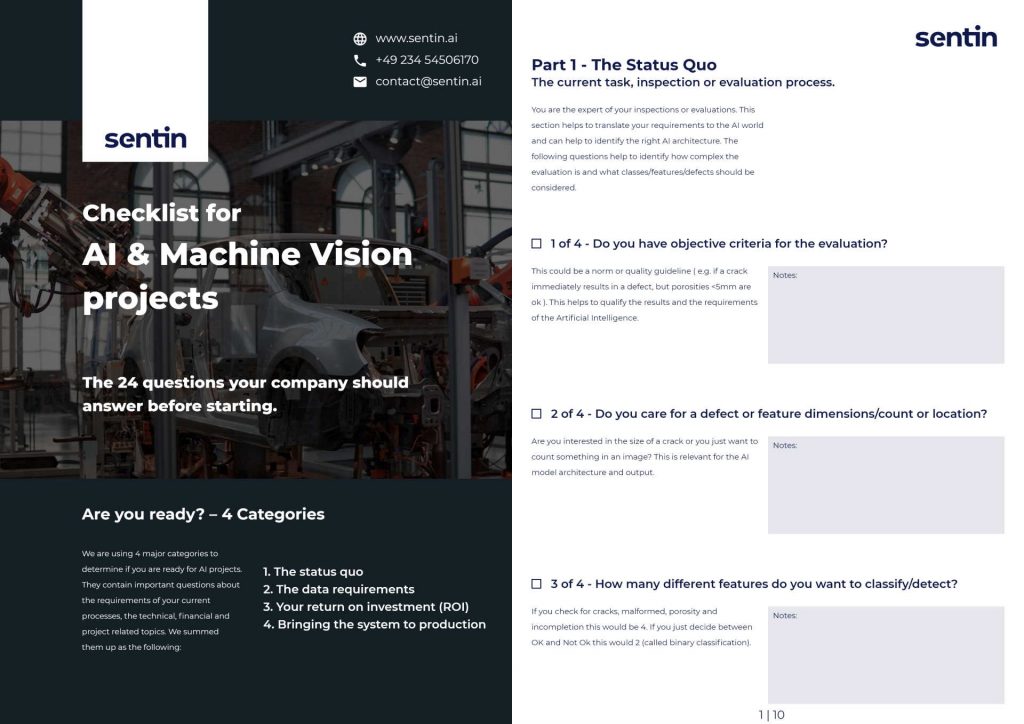What are pseudo scrap/rejects and slippage in quality assurance (QA)?
Scrap parts are products that are defective and are sorted out. However, if they meet the quality standard and are incorrectly sorted out, they are referred to as pseudo scrap/rejects. If, on the other hand, a product does not meet the standard but is not sorted out (i.e. overlooked), this percentage is called slippage, which often leads to complaints.
Incorrect quality decisions therefore lead to high costs, which can be minimized by testing and the associated quality assurance (QA). This article deals with costs that arise due to pseudo scrap or slippage. Assuming the test provides a positive result if the part meets the quality requirements. Four cases are distinguished, which consist of the actual condition of the object and the result of the test:
- Correctly identified rejects – True-Negative – Specificity
- Good Part – True-Positive – Sensitivity
- Pseudo Scrap – False-Negative – false rejection rate (FRR)
- Slippage – False-Positive – false acceptance rate (FAR)
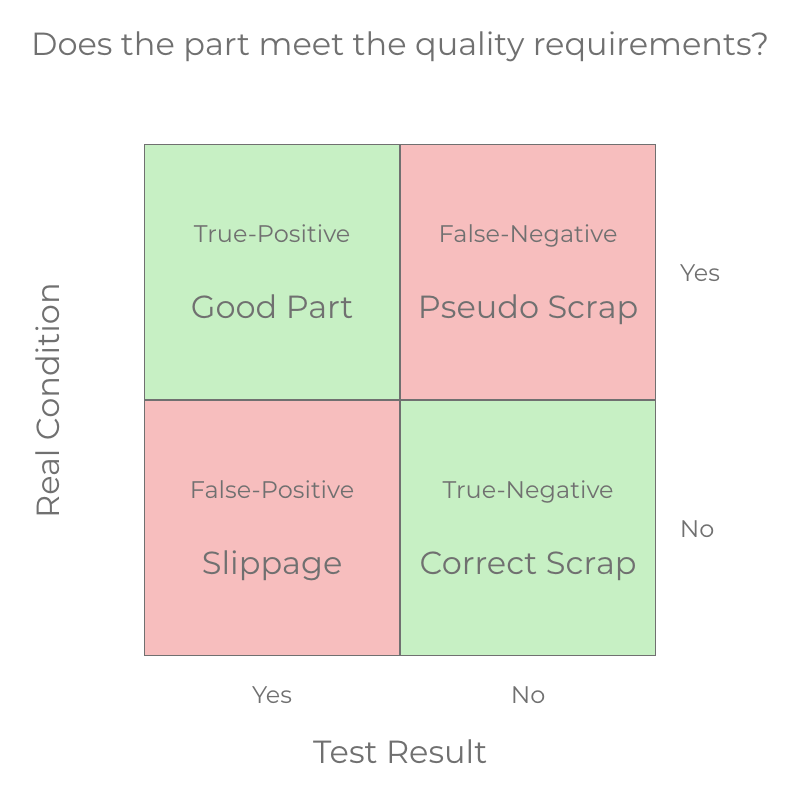
Table of Contents
What is meant by specificity and false rejection rate (FRR)?
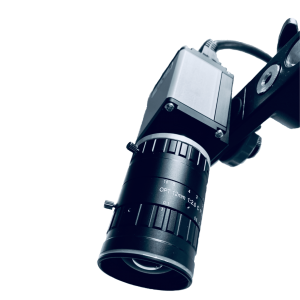
Specificity refers to the proportion of defective products that are sorted out, i.e. those that are classified as True-Negative – i.e. correctly detected scrap. However, if faultless products are sorted out, they are classified as False-Negative because they are wrongly classified as faulty.
The false rejection rate (FRR) describes the frequency of a False-Negative product. Thus, a scrap occurs although the product meets all quality requirements. This is known as pseudo scrap. The FRR has no influence on safety, but only on the costs incurred by the manufacturing company, which increase with every product rejected in error.
The specificity and the FRR always add up to one.
What is Sensitivity and False Acceptance Rate (FAR)?
Sensitivity describes the proportion of faultless products that are not sorted out, i.e. those that are classified as True-Positive, i.e. good parts. If faulty products are not sorted out, they are classified as False-Positive because they were wrongly classified as OK.
The false acceptance rate (FAR) describes the frequency of a product being classified as False-Positive. Thus, there is no rejection although the product does not meet the quality requirements. In this case one speaks of slippage. This means that the quality defects of the product were not detected and were nevertheless delivered to the customer. The customer complains about the defective products, which have to be replaced at great expense. In the long run this leads to a loss of image.
The sensitivity and the FAR always add up to one.
What are the 5 causes for pseudo scrap or slippage?
The reasons for a high FAR or FRR can be many and varied, but the majority can be attributed to a few points. The most common causes for a lack of accuracy are:
- Complex error patterns
- Subjective evaluation or ambiguous evaluation
- Incorrect (re)calibration of existing vision/ADR systems
- Fatigue and decreasing performance
- Changing process/environment parameters (e.g. incidence of light)
What type of testing is most efficient?
A visual inspection with the human eye is often prone to errors and very expensive. However, machines are often very complex to calibrate in order to detect any error and a permanent recalibration must be performed if there is a product or material change. With the help of deep learning, error detection can be performed quickly and robustly, making it the more cost-effective alternative, as the system is trained automatically.
How can pseudo scrap and complaints/slippage be reduced?
To be able to produce more efficiently, both rates must be kept as low as possible. The problem with this is that they influence each other. When optimizing the setting, it is necessary to weigh up which wrong decision represents the greater or more relevant risk. This can be calculated using a cost matrix, for example. In doing so, the average costs are determined and then minimized.
However, there are also the previously mentioned technical/process-related hurdles, e.g. the incorrect calibration of existing vision/ADR systems. These hurdles can be overcome by using deep learning systems – also as retrofitting.
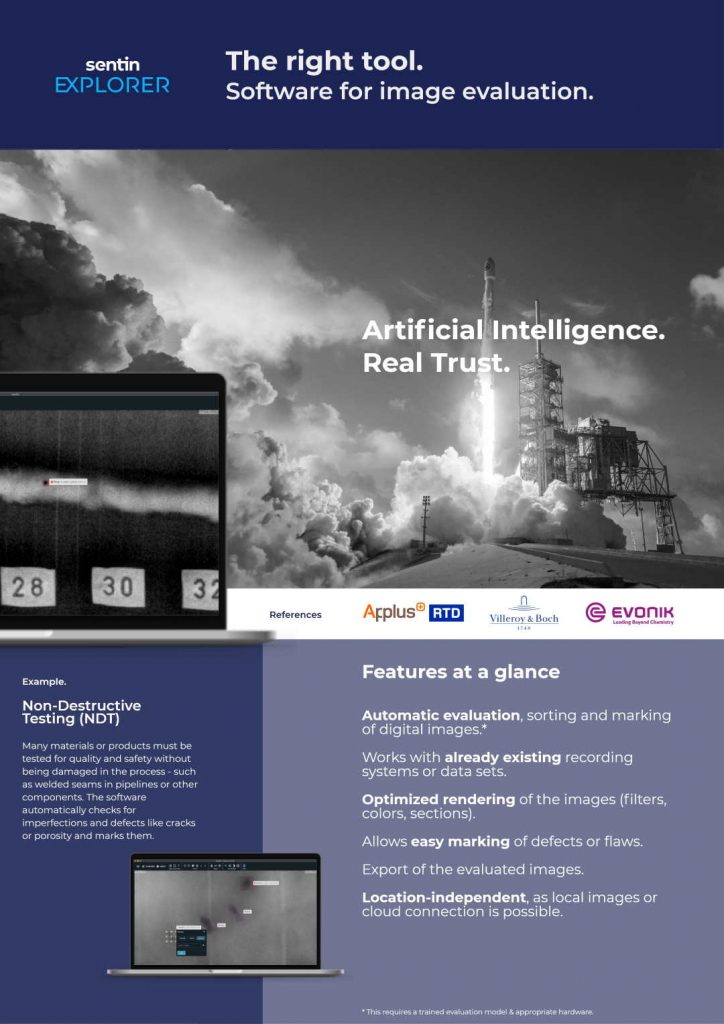
sentin GmbH develops and distributes inspection software based on artificial intelligence for industrial use. Take your quality control to the next level – learn more about the sentin EXPLORER in our brochure.

